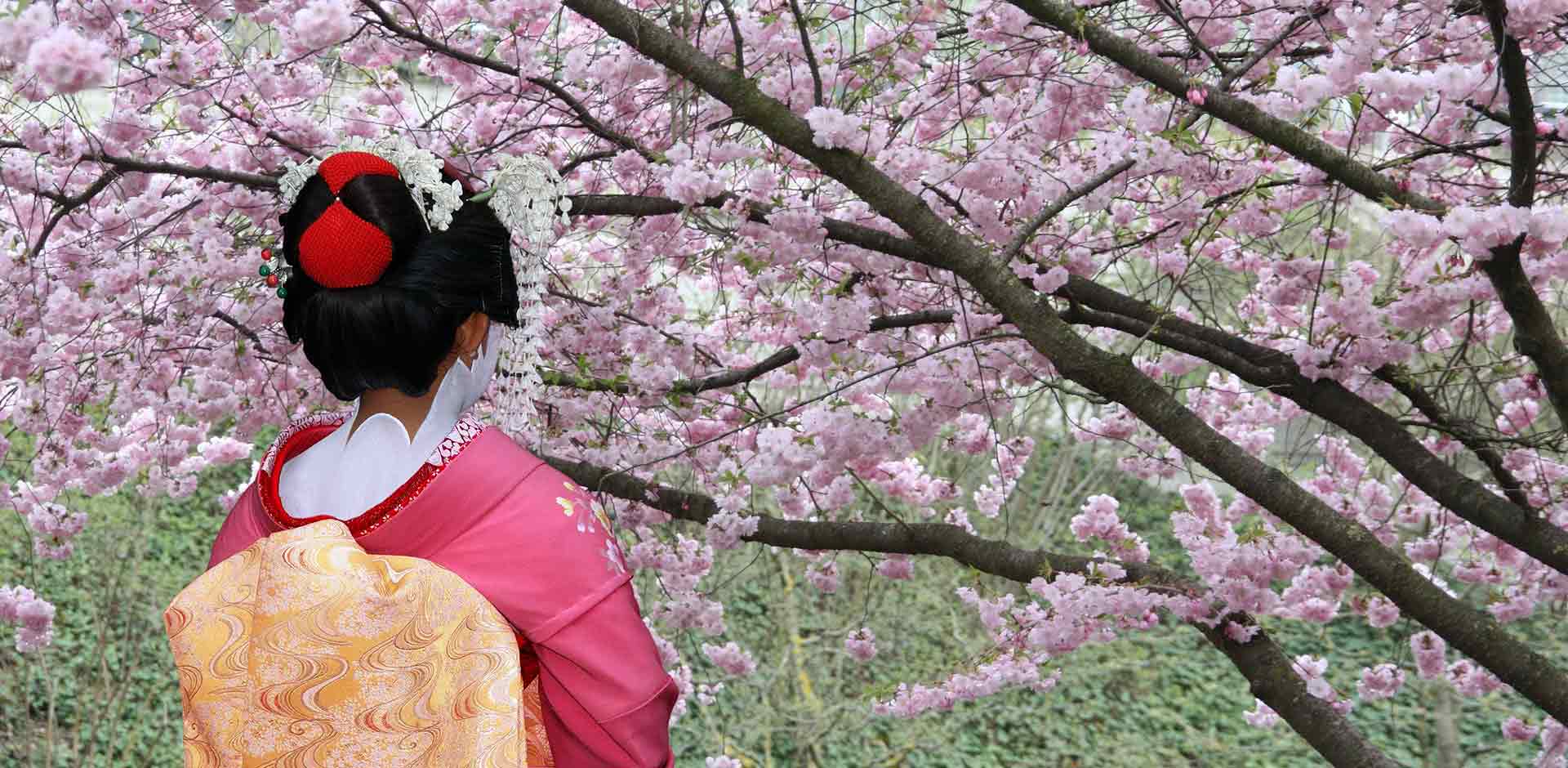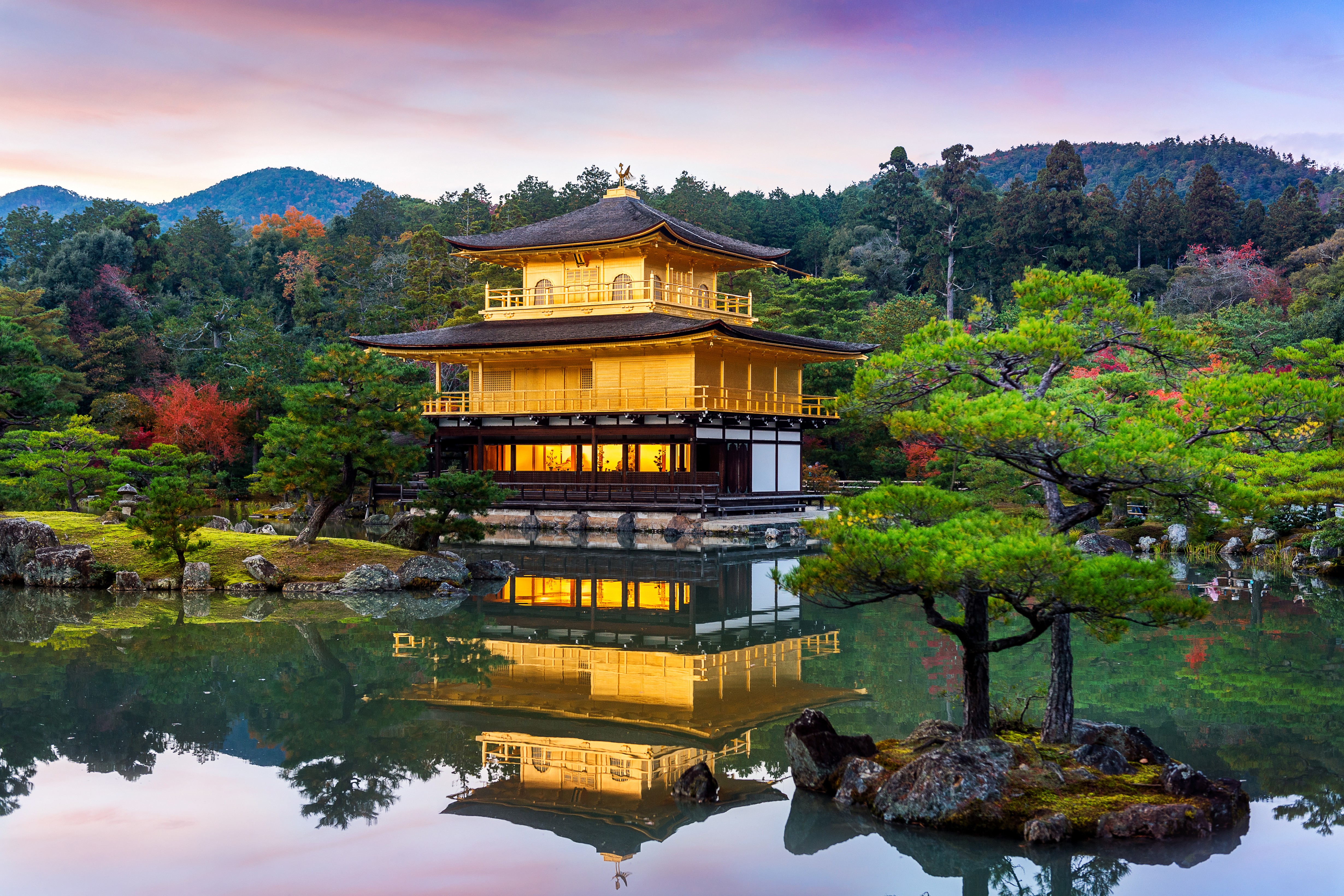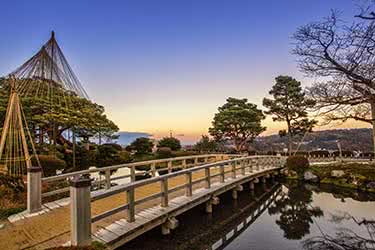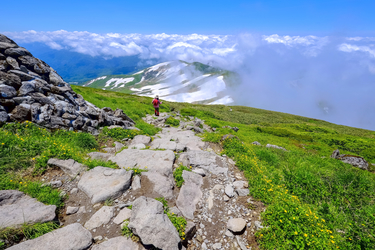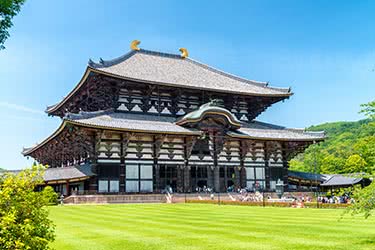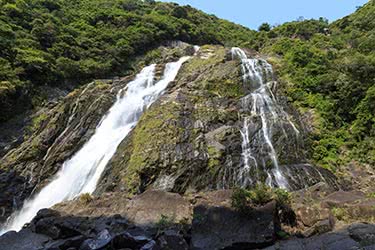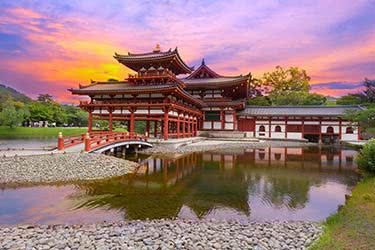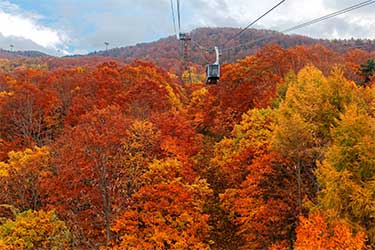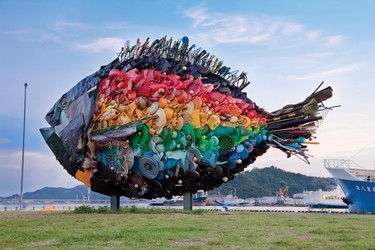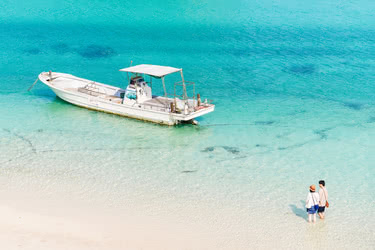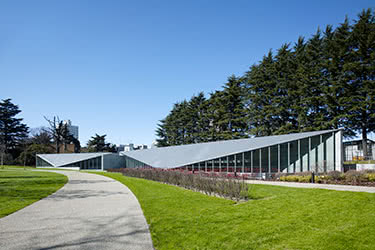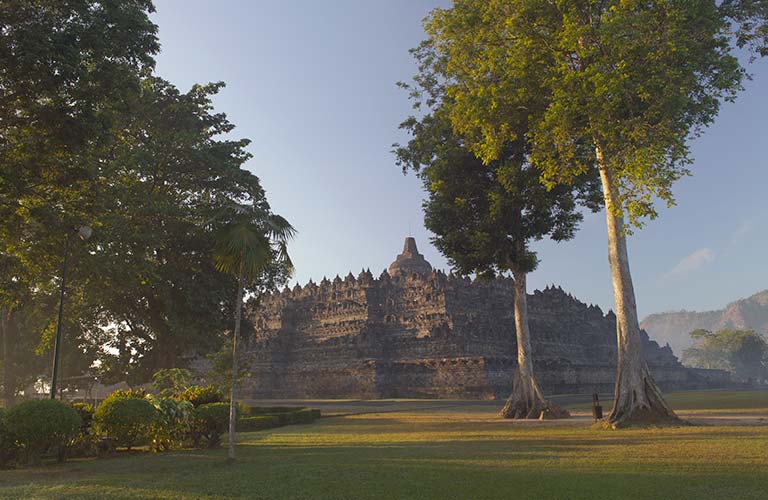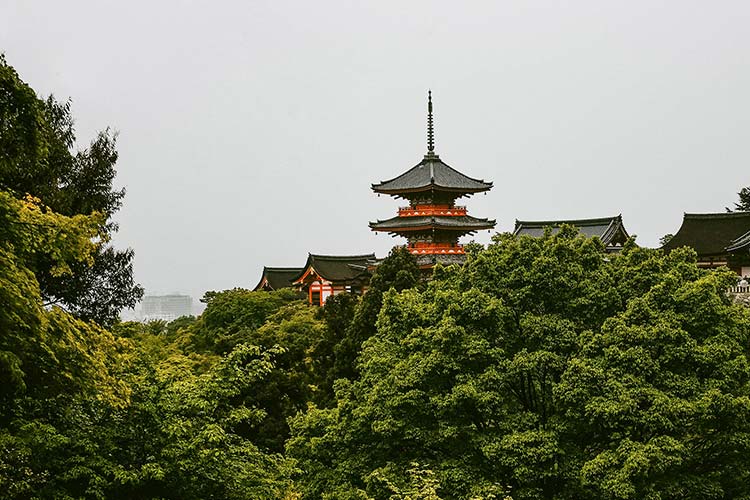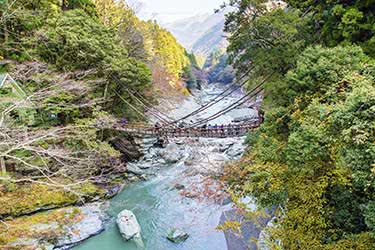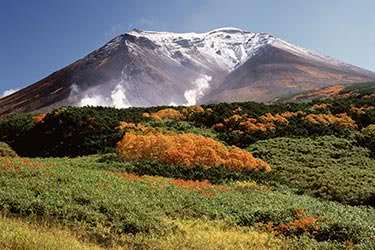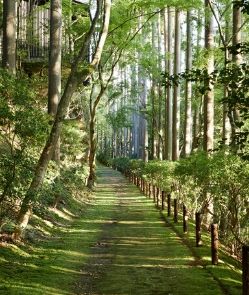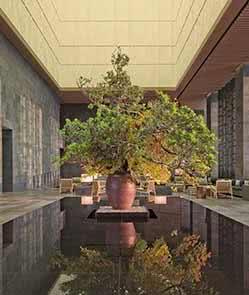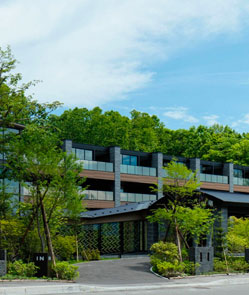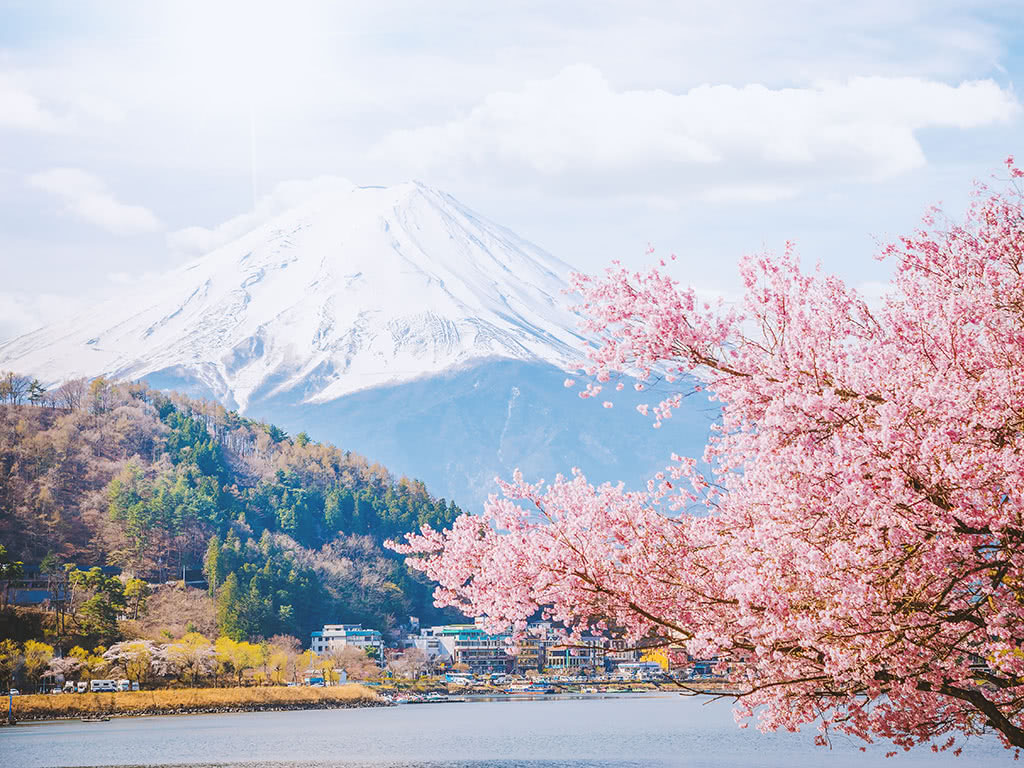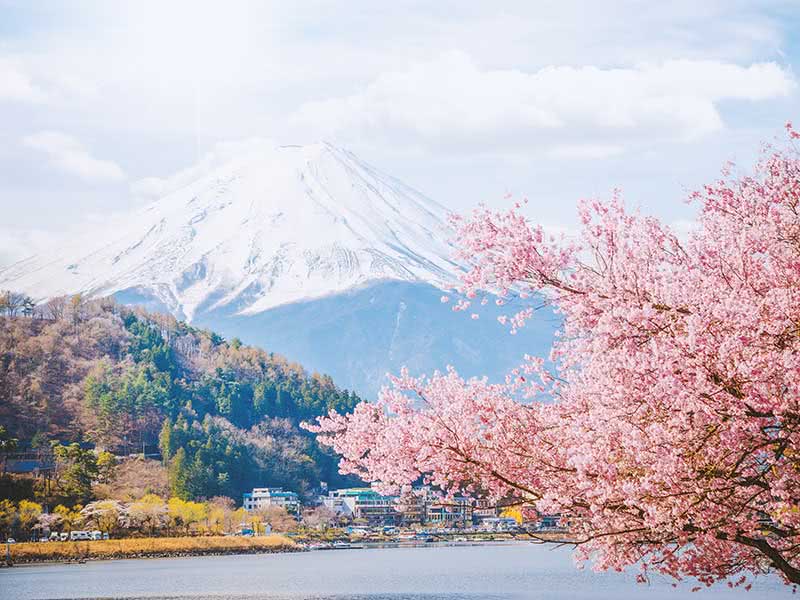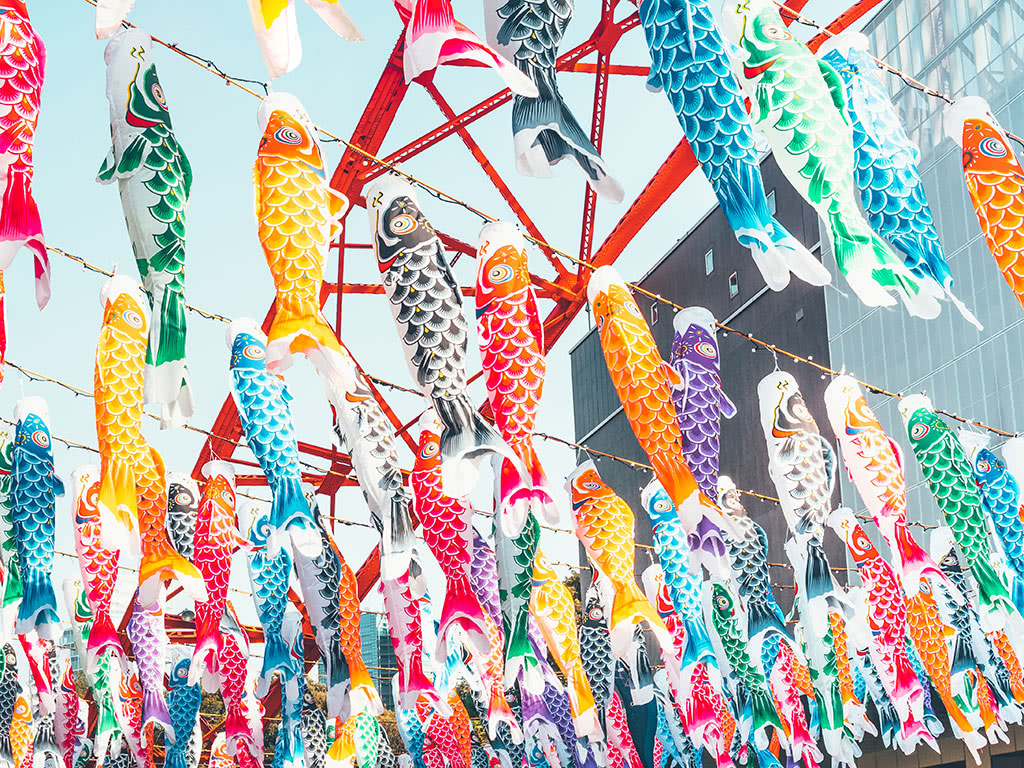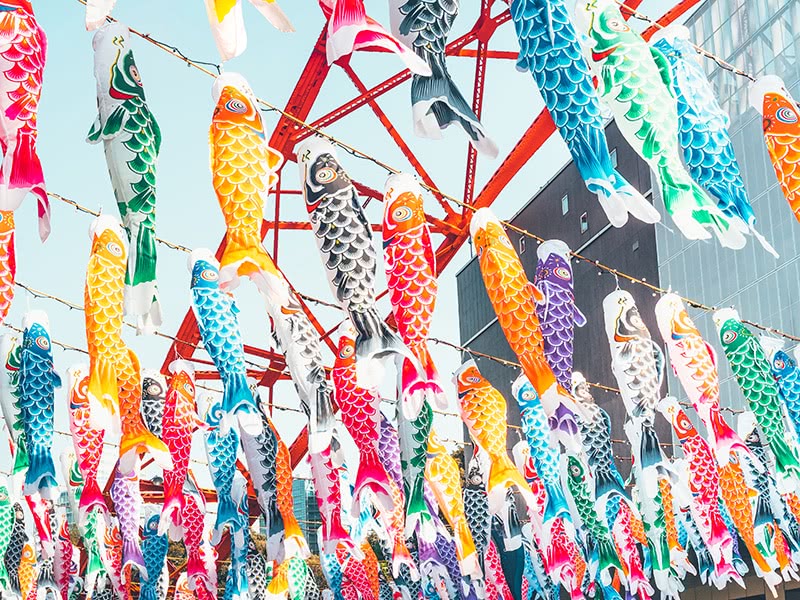
Japan
The word “Japan” conjures diverse and colorful images: the serene, iconic Mount Fuji; Kyoto temples fringed by cherry blossoms; the outrageous couture of Harajuku girls on a Tokyo Sunday; futuristic bullet trains; a geisha in kimono and painted face. It is the land of anime and pachinko, of exquisite cuisine, and of electronics and robotics innovation that transforms the way we live and work. Visiting Japan, it is easy to recognize what science-fiction writer William Gibson called “the global imagination’s default setting for the future.”
The foundation of this prosperous modern Japan was its post-war constitution, which along with an unstinting work ethic kindled unbridled economic growth. Even with the recessions of past decades, Japan is still home to the world’s third-highest GDP; it is a beacon of modernity to a continent that is racing to catch up with this once hermitic nation.
Japan’s insular past may be long gone but many of the old ways remain. One can still see elegant women in meticulous kimonos gingerly navigating massive crosswalks; kabuki opera performances; and sushi masters using techniques from the 17th-century Edo Period. This is what makes Japan so appealing: the harmonious confluence of the ancient and hyper-modern into one fascinating whole, firmly rooted in tradition but ever hurtling into the future.
Japan Regions
Explore in-depth information, experiences and highlights by navigating to specific regions using the links below.
Hokkaido
Kyushu
Honshu
Southern Islands
Shikoku
Tohoku
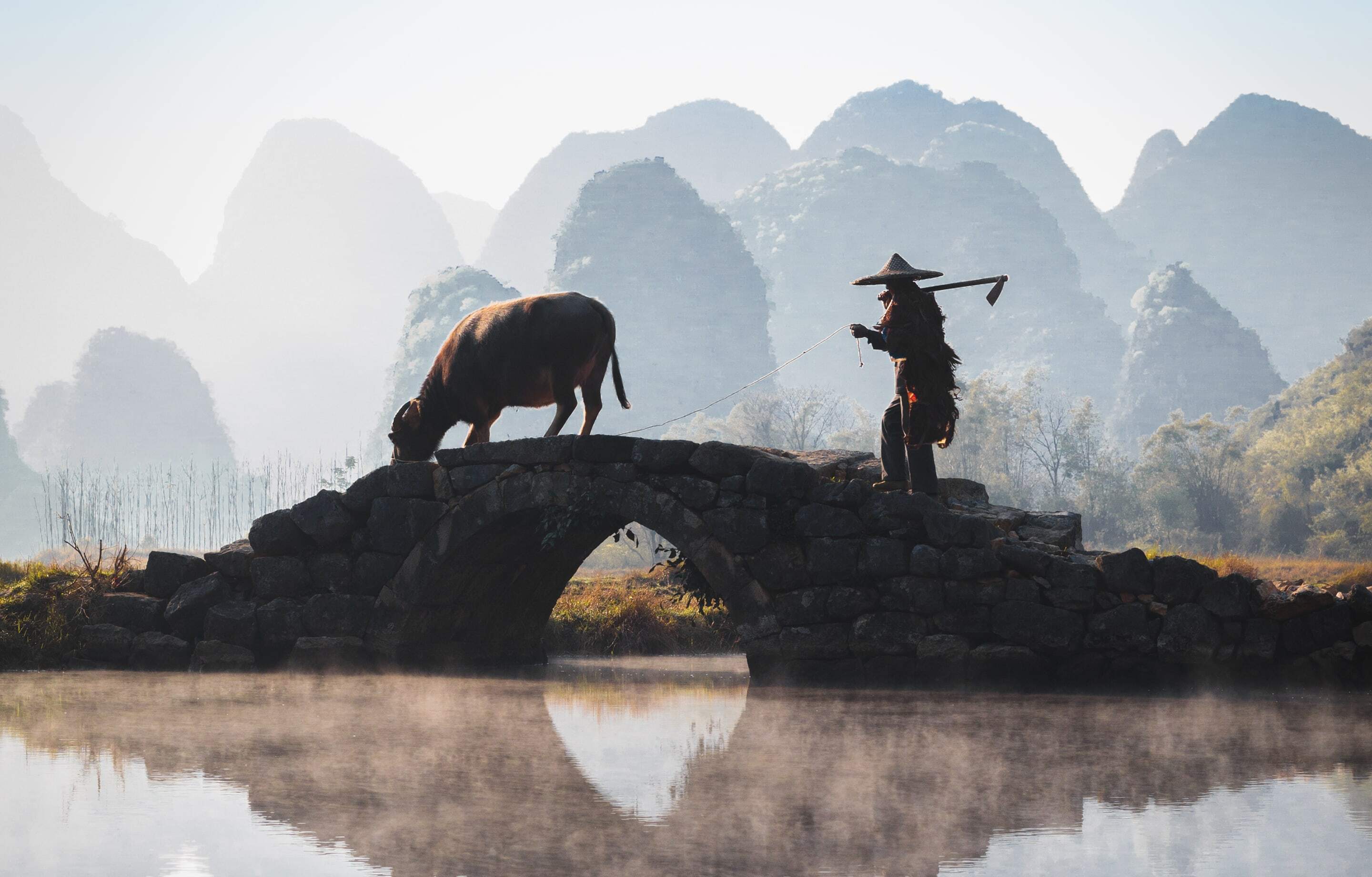
Exclusively Asia
With Remote Lands you'll travel with people who have made Asia the solitary focus of their own lifelong adventure. As our guest, you'll discover Asia on a journey that is completely, authentically your own, adapted from our own remarkable experiences and adventures over the years.
With Remote Lands you'll travel with people who have made Asia the solitary focus of their own lifelong adventure. As our guest, in the continent that our north American founders Catherine and Jay have adored and explored for decades, you'll discover Asia on a journey that is completely, authentically your own, adapted from our own remarkable experiences and adventures over the years.
Weather in Japan
Japan is a year-round destination with skiing in the winter and festivals in the summer. However, the best temperatures are between March and May (spring) and September to November (fall).
- Due to its latitude, Japan is one of the relatively few countries in Asia that has four distinct seasons.
- Spring (March through May) and autumn (October to early December) are generally the most favorable seasons for weather, but they are also the most crowded with tourists.
- Cherry blossom season in Tokyo, Kyoto, Kanazawa, and other main destinations for foreign visitors is usually late March to mid-April. Peak fall foliage is generally from early to late November.
- Winter in these main areas is not prohibitively cold; snow in Tokyo is rare, for example. The weather is generally sunny and dry, although Hokkaido, Japan’s northernmost island, is one of the world’s great ski destinations and is especially popular with Australians.
- Early summer is also a good time to travel. Although June begins to get hotter and more humid, it is not yet the “rainy season” that arrives in full force in July and August, when temperatures and humidity can be unpleasant. High temperatures and humidity often continue into mid-September.
Multi-Country Specialists
Japan Goes Well With




Travelogues
An Asia-focused magazine brought to you by Remote Lands - a platform for adventure, luxury, and authenticity from experts and explorers around the continent.
Five Things to Know About Watching Baseball in Japan
- Author
- Travelogues
Cheerleaders, history, balloons — watching baseball in Japan is a whole new way to see the game.
Heal Your Soul: 5 Journeys Through Japan for Your Wellbeing
- Author
- Travelogues
Whether it’s the wilds of Tohoku or the hot springs of Ishikawa, Japan has a wealth of experiences for your wellbeing.
Naohito Ise: Japan National Tourism Organization on Post-Covid Travel
- Author
- Travelogues
Remote Lands speaks to executive director Naohito Ise of the Japan National Tourism Organization (JNTO) about the future of travel in Japan.
